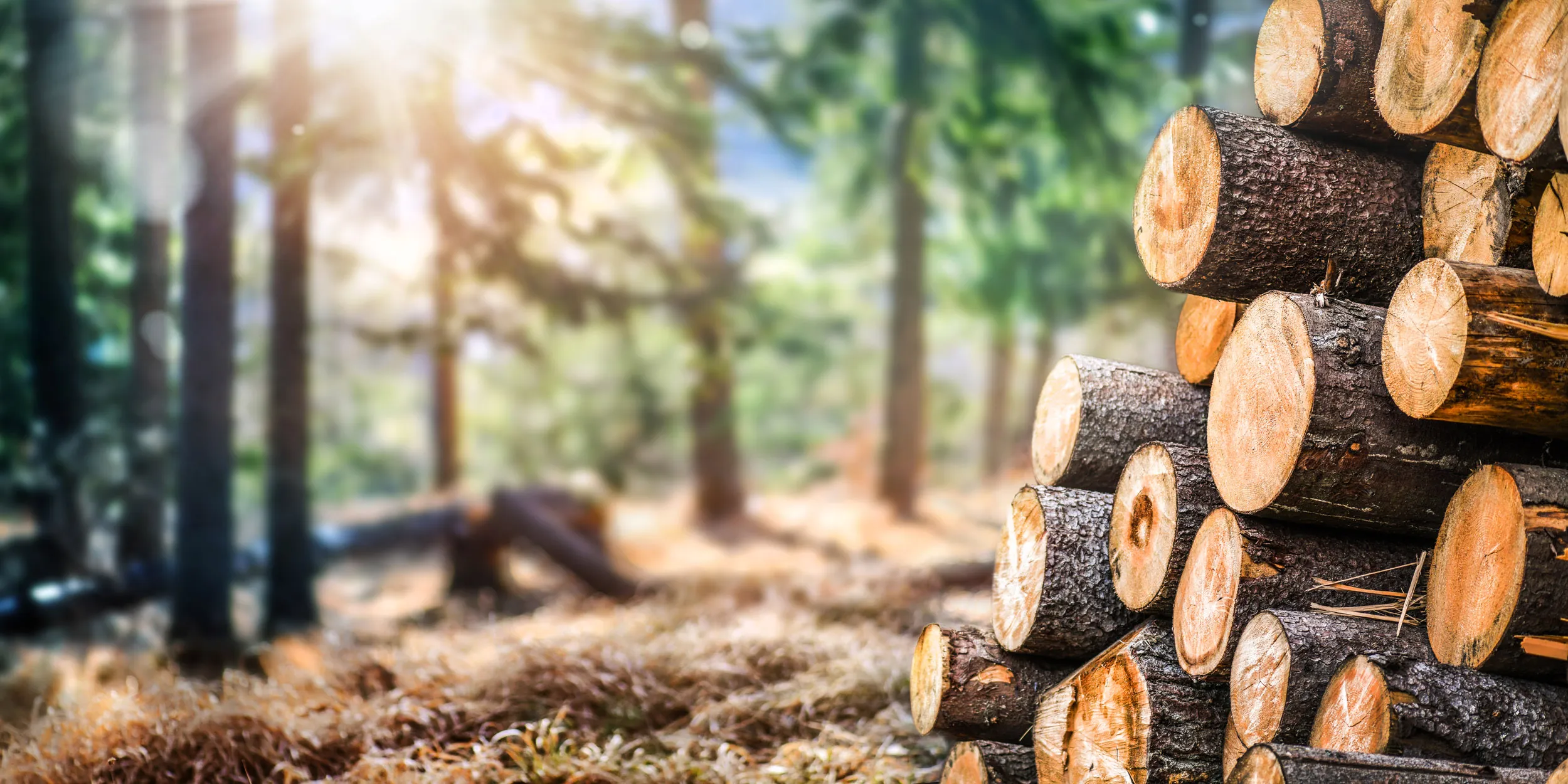UK Bioenergy – why we must switch to sustainable biomass
Bioenergy is the term for energy from organic materials such as trees, food waste and crops. Here's why we need to change the way use it.

On this page
What is bioenergy?
The materials used to make bioenergy can include wood, energy crops, and 'wet' feedstocks, such as manure and food waste. These can be burned for electricity or heat, or processed to make gas. Biofuels can be made from vegetable oils or plant-based ethanol.
Bioenergy with carbon capture and storage (BECCS) advocates claim it is a negative emissions technology – but it is unproven at scale and puts nature at risk.
Bioenergy's environmental impact in the UK
The UK’s main source of bioenergy is wood: we import millions of tonnes of wood pellets every year for burning in power stations. Many come from forests which are home to threatened wildlife. The burning of biofuels and biomass can create more emissions than fossil fuels. If the carbon released from converting land into bioenergy crops is accounted for, bioenergy often worsens climate change. Also, bioenergy crops compete with food and nature for land.
Biomass is dirtier than coal
In 2019, bioenergy was classed as the UK’s single biggest source of renewable electricity. However, burning wood biomass emits more CO2 than coal. A misleading ‘zero carbon’ rating in UK energy policy gives biomass plants access to substantial tax breaks and renewable energy subsidies. Bioenergy backers argue burning wood can be carbon neutral as the trees regrow. It takes decades for new trees to regrow and lock in the carbon that was released by burning. The trees would have continued to suck carbon out of the atmosphere if they remained standing.
Flawed accounting
Under international climate rules, bioenergy can be counted as zero emissions in our energy sector because carbon emissions are supposed to be counted where trees are harvested. Most of the trees burned in the UK are harvested overseas, so they are classified as zero carbon in the UK. Often, this carbon accounting is inadequate and many emissions are ignored. Millions of tonnes of bioenergy emissions are completely missing from climate accounts.
The risks of bioenergy to nature
Woody biomass imports burned in the UK are sourced either through logging existing forests or new tree plantations. Both can seriously harm ecosystems. Harmful practices such as logging in sensitive and protected forest habitats, home to threatened and rare wildlife, are widespread in the UK biomass supply chain. This is in spite of government and corporate sustainability standards. Alternatives, like new energy crops, displace food crops to vital wildlife habitats.
Biomass report with 3Keel
Read the RSPB’s report, authored by 3Keel, on the sustainability of different types of biomass used in the UK energy system. It proposes a framework for how policymakers should incentivise sustainable use of these resources in the coming decades.
Why protect forests?
When left in the forest, deadwood, branches, and tree stumps provide shelter for birds, such as woodpeckers and owls, and other incredible wildlife. Deadwood supports a huge range of smaller organisms from insects to fungi, as well as micro-organisms essential to the food chain. It helps prevent soil from eroding into streams and serves as a source of nutrients and moisture for young trees.
Can bioenergy work?
The UK's heavy reliance on imported wood biomass is unsustainable. It’s clear we need to reduce our reliance on bioenergy and, where we do use it, switch to more sustainable forms of biomass that help protect and restore natural ecosystems.
Decision makers should not lock the UK into a system reliant on large scale biomass crops and imported timber. The government must prioritise genuinely low-carbon renewables such as solar and wind and phase out fossil fuels.
Biomass for energy
A framework for assessing the sustainability of domestic feedstocks - Technical report